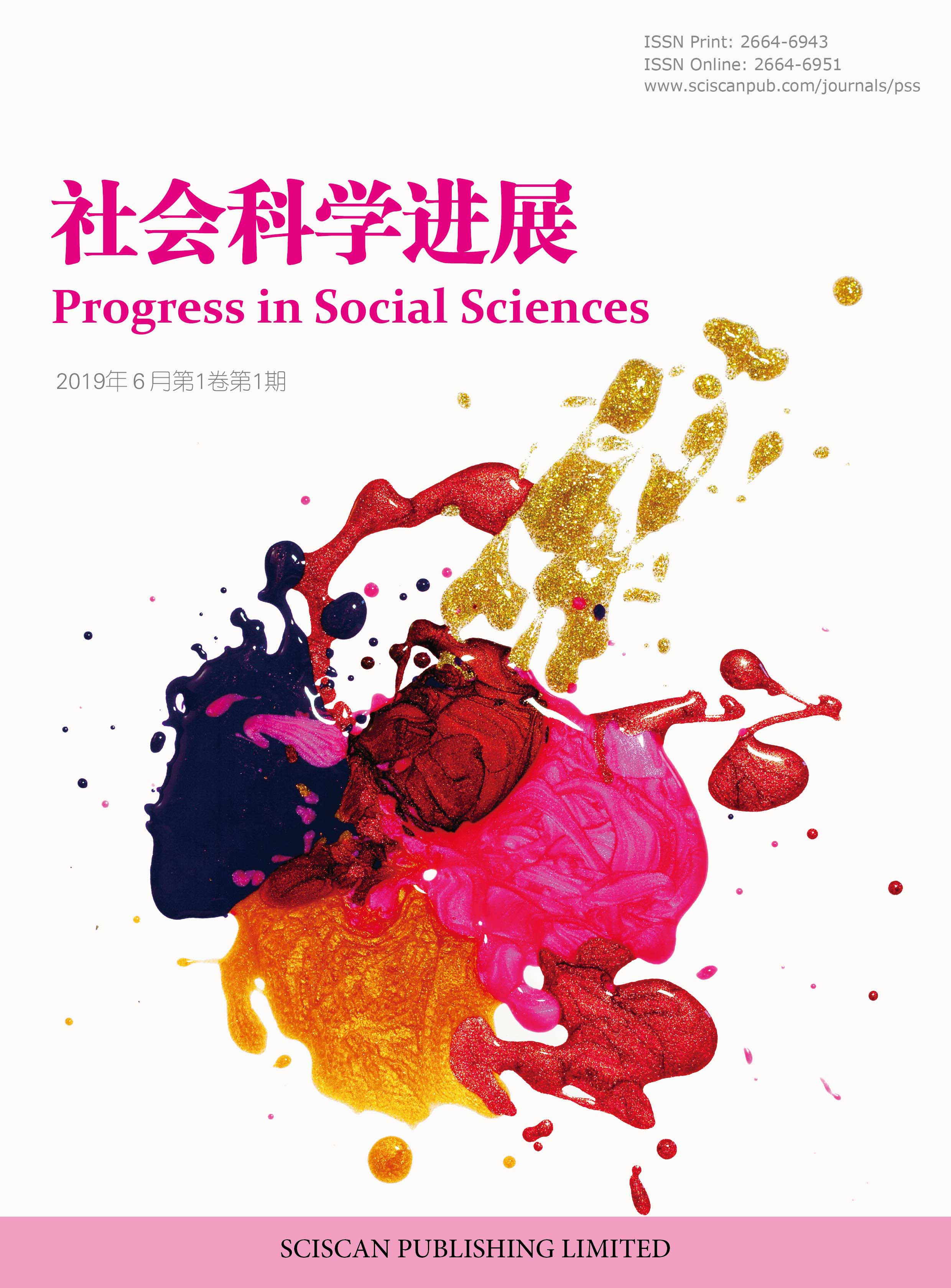Progress in Social Sciences
ISSN Print: 2664-6943
ISSN Online: 2664-6951
Contact Editorial Office
Subscribe to the latest published information from SCISCAN
论民事诉讼审前程序的界定及主持主体
Discussion on Demarcation and Presiding Subject of Civil Pretrial Procedure
- Authors: 丁美心
-
Information:
上海政法学院法律学院,上海
-
Keywords:
Civil litigation; Pretrial procedure; Presiding subject; Integration system; Separation system民事诉讼; 审前程序; 主持主体; 合一制; 分离制
- Abstract: Pretrial proceedings began as purely instrumental proceedings in the service of trials. With the development of judicial practice and theory, especially under the high litigation pressure, increasing numbers of countries begin to grant independence to pretrial procedures, endorse its credentials as an alternative to resolving disputes without a trial, and increasingly recognize the role of pretrial procedures in improving trial efficiency. Now, consensus has been reached on the three functions of pretrial process, including sorting out disputes, fixing procedures and promoting reconciliation. Among all the categories of pretrial procedure, the presiding subject of pretrial procedure is very controversial. The opposition between integration system and separation system has been existing, and the debate and discussion about whether the auxiliary personnel such as the judge assistant can preside over the trial never stop. Traditionally, there has been more support for separation, with the view that the presiding judge should not have pre-trial access to the case. However, with the development of practice and concept, the integration system seems to be more rational, and the trial judges are gradually accepted to preside pretrial procedures by scholars. 审前程序初始是为庭审服务的纯粹工具性程序,随着司法实践及理论的变迁,尤其是在各国诉讼压力大的背景之下,各国均开始赋予审前程序以独立性,认可其作为未经庭审解决纠纷的替代性途径的资格,并逐渐认可审前程序在提升审判效率上的作用,在审前程序整理争点、固定程序及促进和解的三大功能方面达成共识。在审前程序的诸多范畴中,审前程序的主持主体非常具有争议性,形成了合一制与分离制的对立,以及对法官助理等辅助人员能否主持审前的争论与探讨。传统上一般比较支持分离制,认为主审法官不应在审前接触案情,而随着实践与理念的发展,合一制开始显得更加理性化,主审法官主持审前程序逐渐为深入探讨审前主持主体问题的学者所接受。
- DOI: https://doi.org/10.35534/pss.0502009
- Cite: 丁美心.论民事诉讼审前程序的界定及主持主体[J].社会科学进展,2023,5(2):84-95.
















